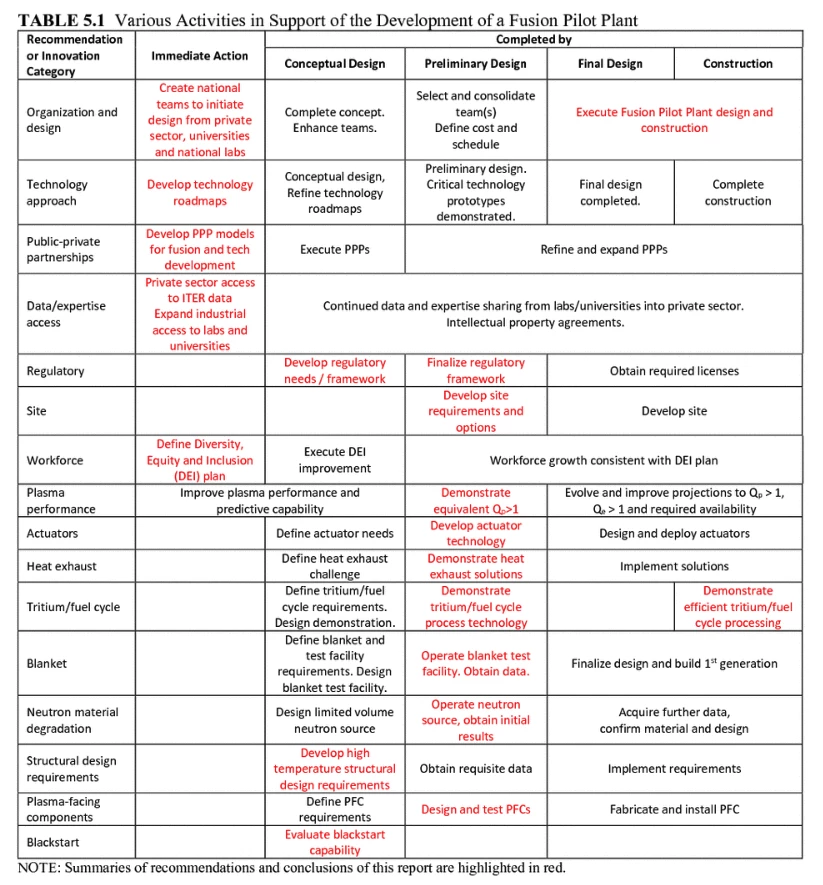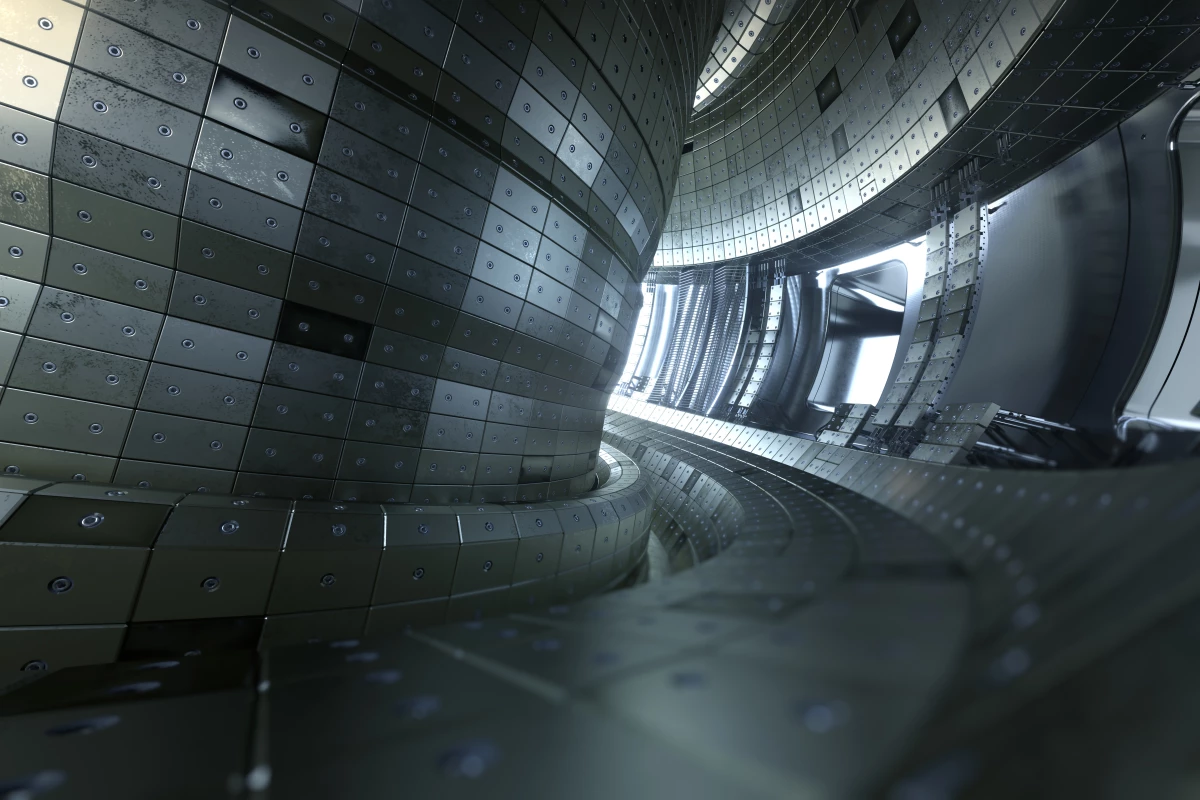A new report from the National Academies of Sciences, Engineering and Medicine has recommended that if the United States wants to capitalize on its contributions to multi-national projects like ITER and ride the wave of private green energy investment, now is the time for an "urgent" major investment push to build a pilot fusion energy plant to be operational between 2035-2040 – regardless of exactly which fusion technology it will use.
The report was commissioned by the US Department of Energy, and sought input from leading fusion researchers, component manufacturers, power plant operators, fusion developers, regulators and government to address questions around the critical goals and innovations needed to get such a facility up and running.
"A fusion plant producing net electricity should lead to a commercially viable fusion power plant by providing the information needed by utilities to design, build, license and operate future plants," reads the report. "A pilot plant is not meant to demonstrate the economic viability of the commercial plant, but is meant to test the technologies employed and demonstrate high-grade heat extraction to produce electricity, availability for an extended period, and fuel cycle and tritium self-sufficiency; explore techniques to reduce construction and operations cost; demonstrate safe and reliable operations; and provide training to potential operators of future commercial plants."
The report lays out some key technical and innovation challenges that will need to be met along the way, with 2028 set as the target date for a viable design, as well as milestones laid out that certain technologies will have to meet before they can become part of the pilot plant design. If it's to be a deuterium-tritium reactor, for example, the report expects it to "simultaneously demonstrate temperatures of at least 100 million degrees C, and ... a D-T equivalent plasma energy gain > 1." Alternative fuels would need to meet similar guidelines, yet to be laid out.

Nearly every component of a potential plant, says the report, will require significant materials development to cope with the extreme environments expected inside fusion reactors – they need to withstand extraordinary punishment non-stop for decades at a time in a commercial environment.
The high-temperature superconducting magnets these toroidal systems will use to keep their ultra-hot plasmas condensed, for example, need to be investigated to study how well they hold up to neutron degradation, fatigue and corrosion, among other things. Thus, the report recommends immediate investment in research programs and testing facilities targeted at materials and advanced manufacturing technologies that may form part of the pilot plant.
The plasma heating and current drive actuators used in existing toroidal fusion systems are giving researchers "increased confidence in their capabilities to effectively drive and control fusion systems," says the report, but "significant progress is needed" to repurpose them from research systems into a pilot plant application, with cost-effective operation, reliability and durability the key areas of improvement needed.
One "fundamental feasibility issue" for a deuterium-tritium reactor like the ITER project, when put into commercial use, will be its ability to "breed" its own tritium fuel in the "blanket" around the plasma, and the entire system's ability to manage that tritium effectively through the "complex and interacting system" of a fusion power plant. So the report suggests support for research projects around the breeding blanket, and other initiatives that might help reduce the amount of tritium a plant will need to keep in its inventory.
All these initiatives and others around fusion confinement, power extraction and closing the fusion fuel cycle, should be developed in parallel, says the report, with a combination of public funding initiatives, private investments and private-public partnerships considered to work out the best option for each critical area.
The ultimate goal for the Department of Energy is to position the USA as a leader in fusion development, particularly around the commercialization of the technology. It has not escaped the report's attention that the UK is working toward its own STEP commercial fusion pilot plant by 2040, or that the China Fusion Engineering Test Reactor (CFETR) is hoping to produce a gigawatt of power, twice as much as the ITER installation, and that the two are competing to be the first fusion reactor in the world to supply electricity to a power grid.
Another dark horse candidate comes out of Australia, and it doesn't use the toroidal tokamak design at all; HB11 is moving quickly to ramp up development of a completely different hydrogen-boron fusion technology that doesn't require hundred million-degree temperatures at all. Instead, it uses recent Nobel Prize-winning breakthroughs in "chirped pulse amplification" technology to create lasers with power outputs as high as 10 petawatts (10,000,000,000,000 kilowatts).
These lasers are used to massively accelerate hydrogen directly into boron with enough energy to overcome the repulsive forces between protons and achieve fusion. Early testing is showing outstanding results, a billion times better than expected, and the system produces electricity directly. HB11 believes its lack of ultra-high temperatures and high-strength plasma condensers will make its development roadmap vastly quicker and cheaper than the style considered in this report, and it's certainly a technology worth following.
But the takeaway here seems to be that significant pre-commercial fusion pilot reactors are very much on the table by 2040. Well, how about that, just 20 years away.
The full report is available at the National Academies Press.
Source: National Academies of Sciences, Engineering and Medicine





